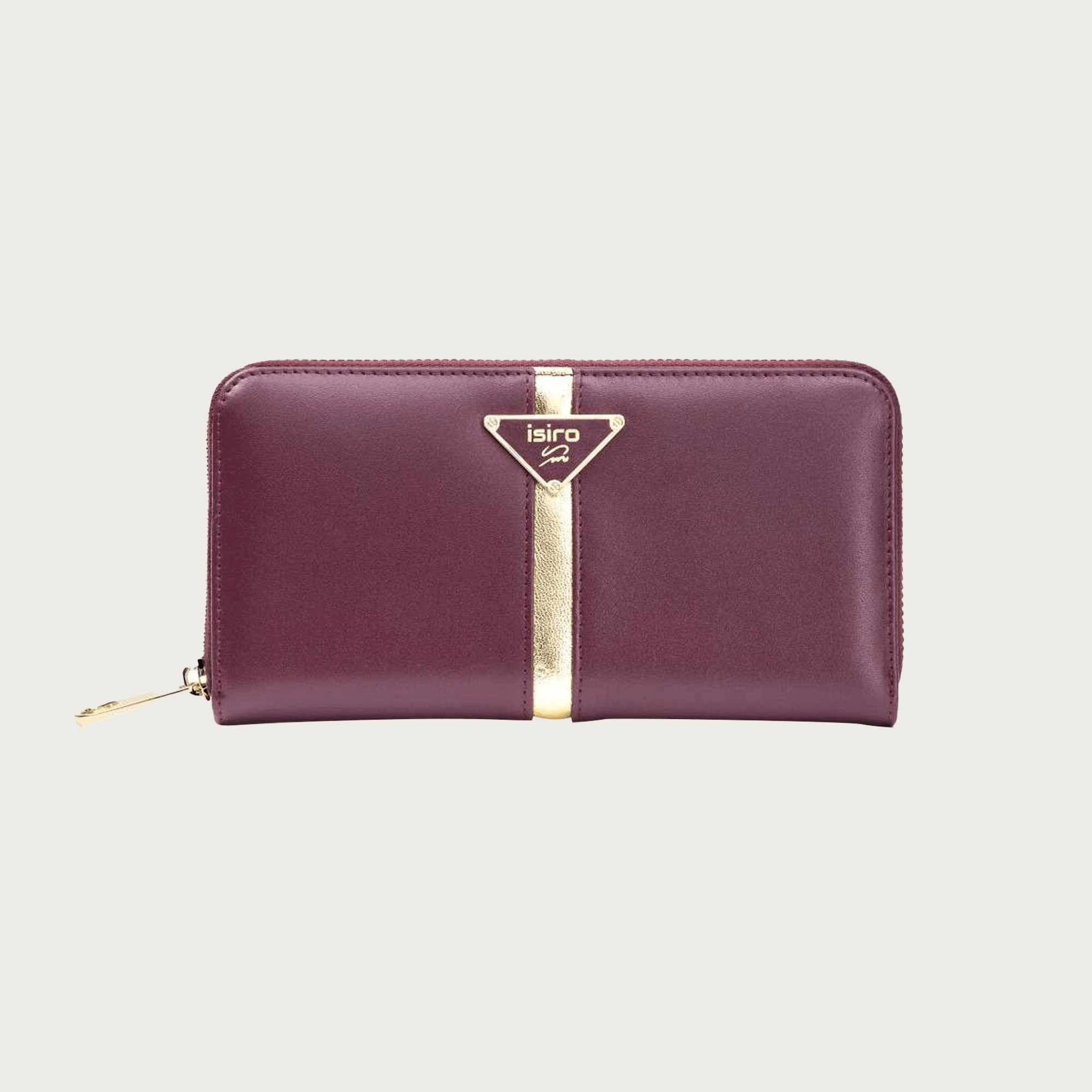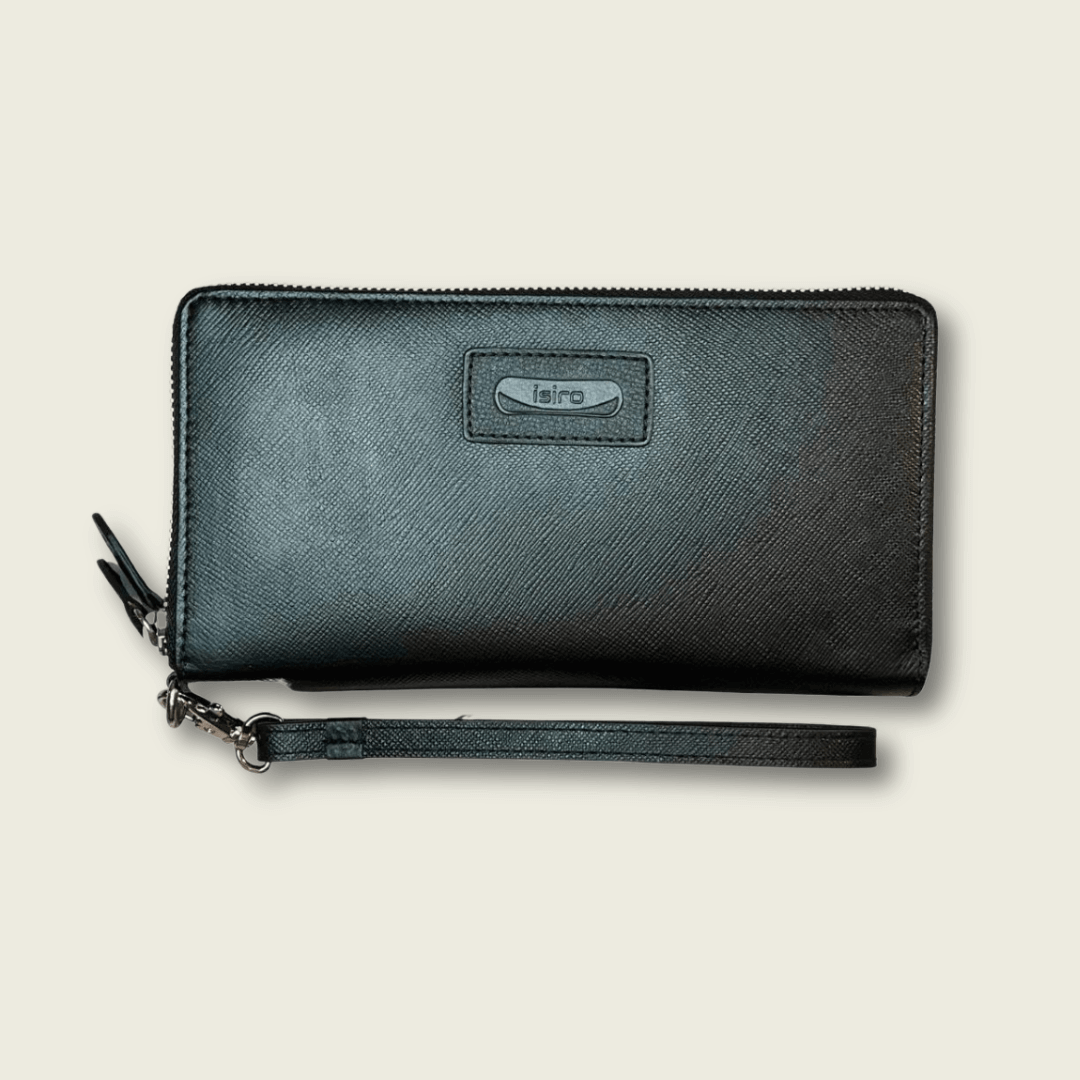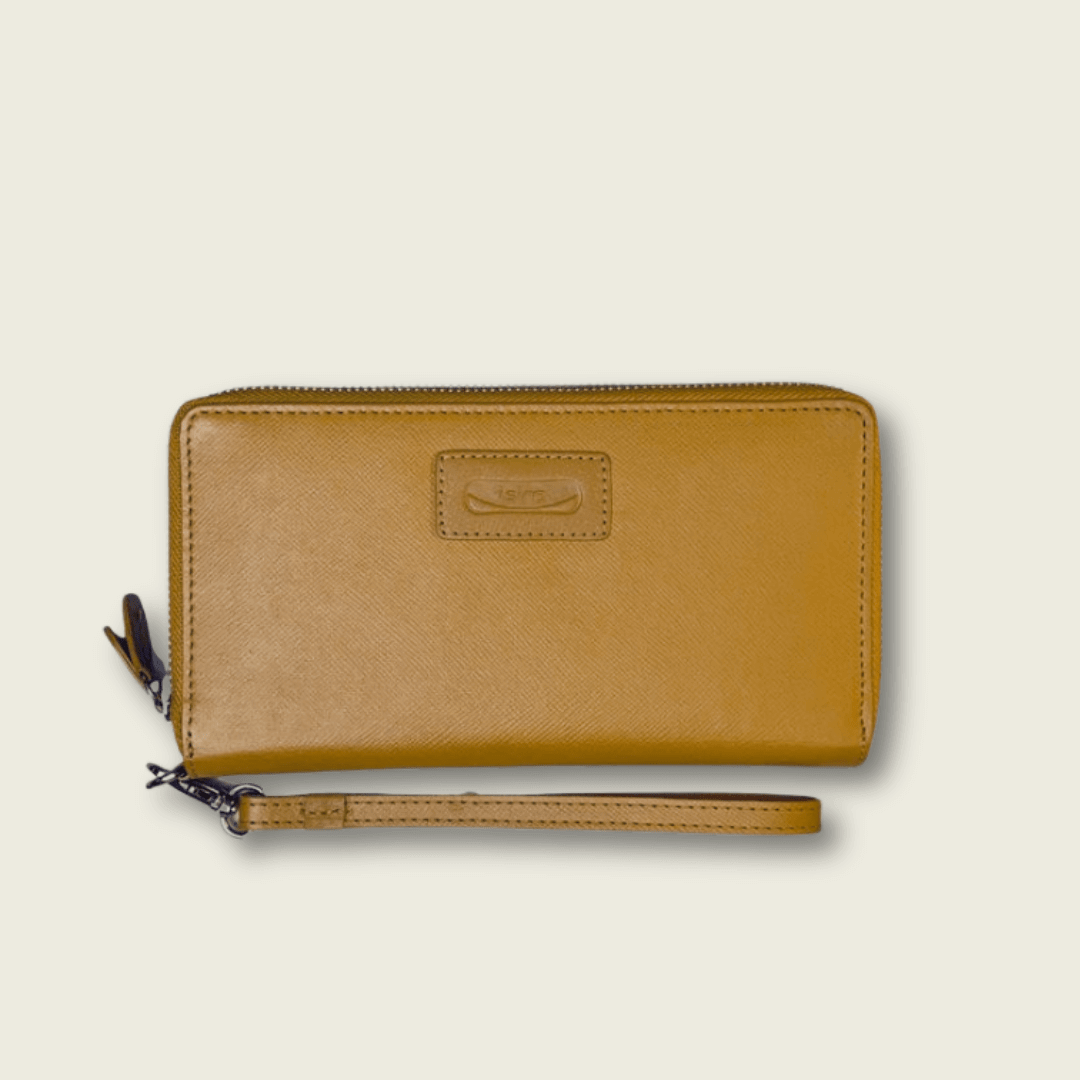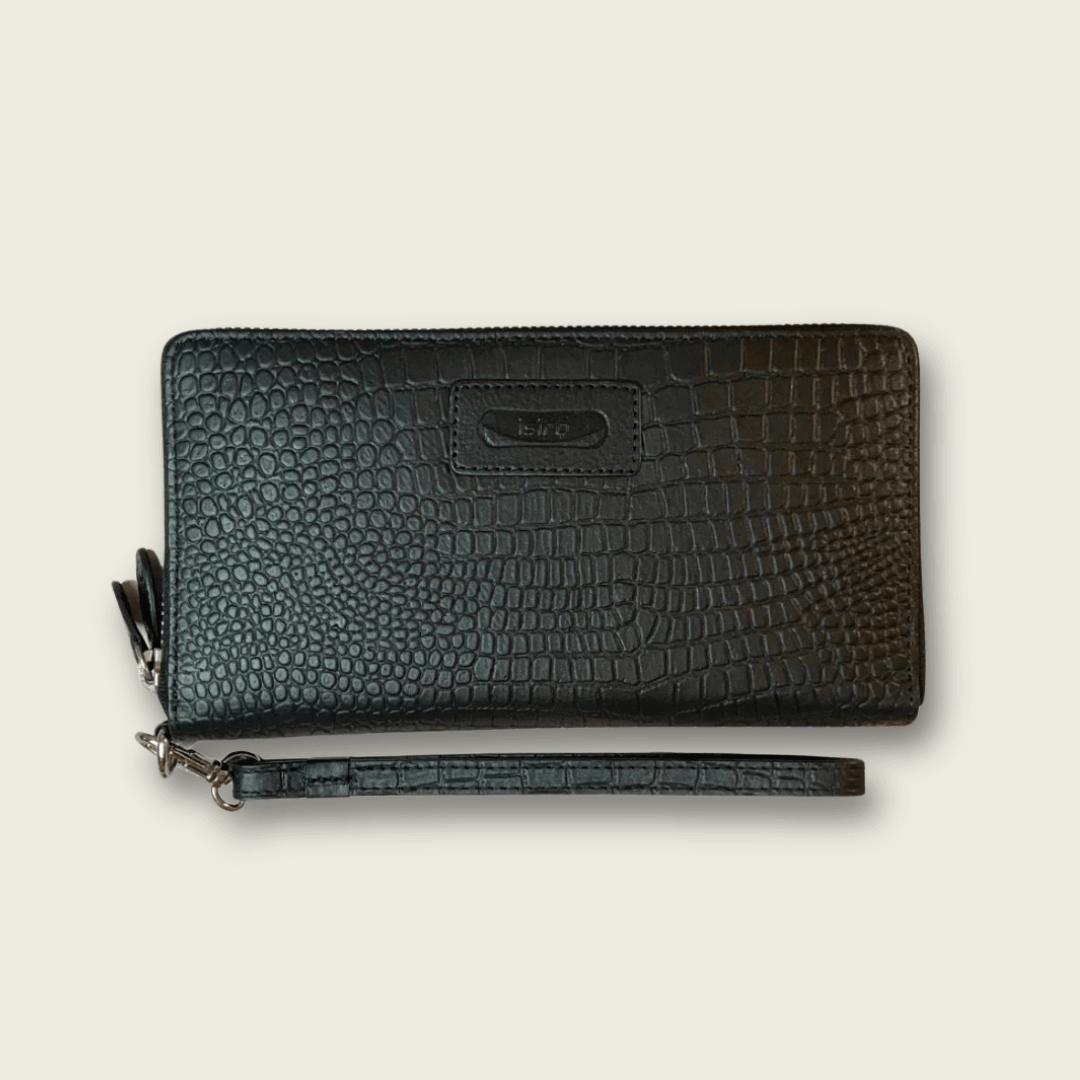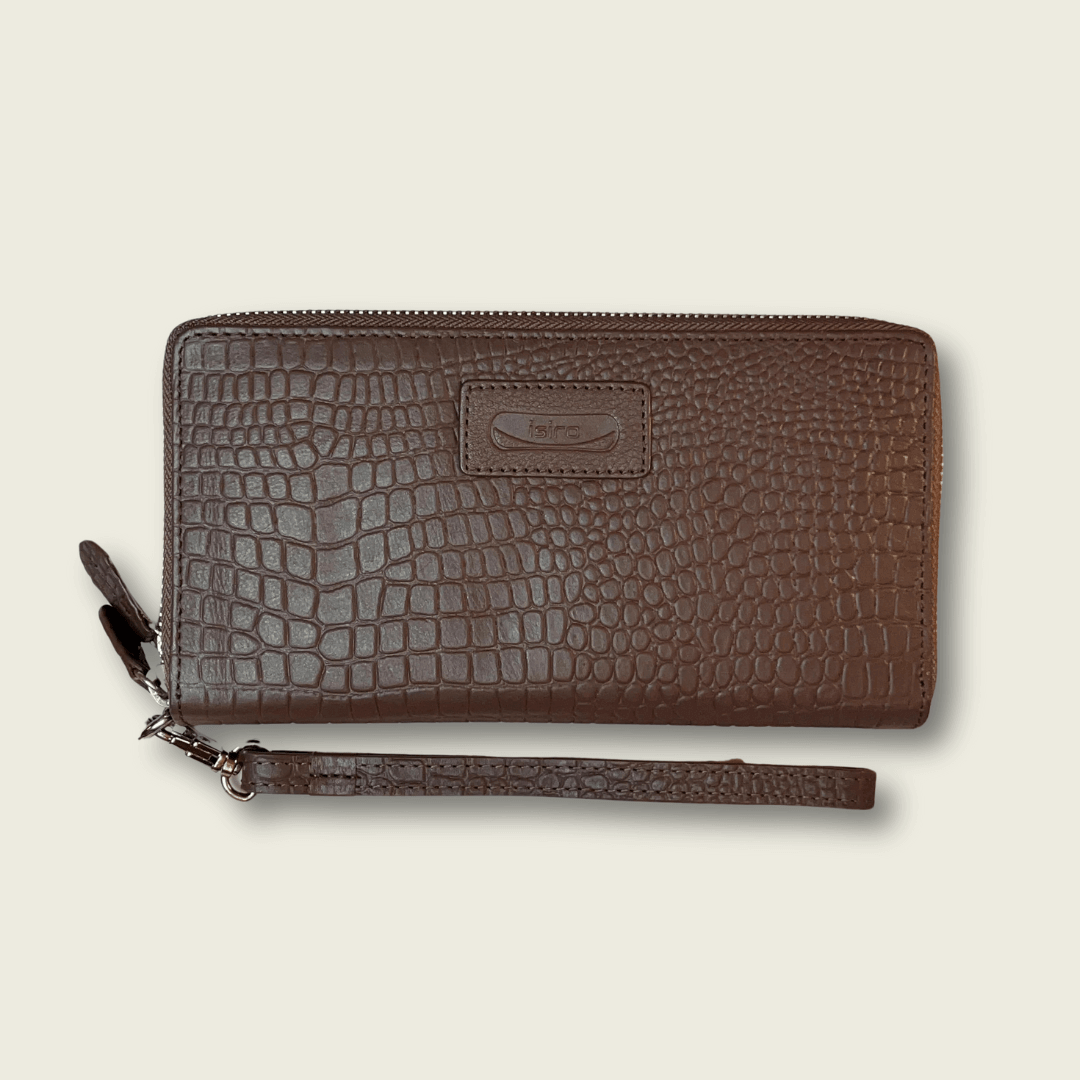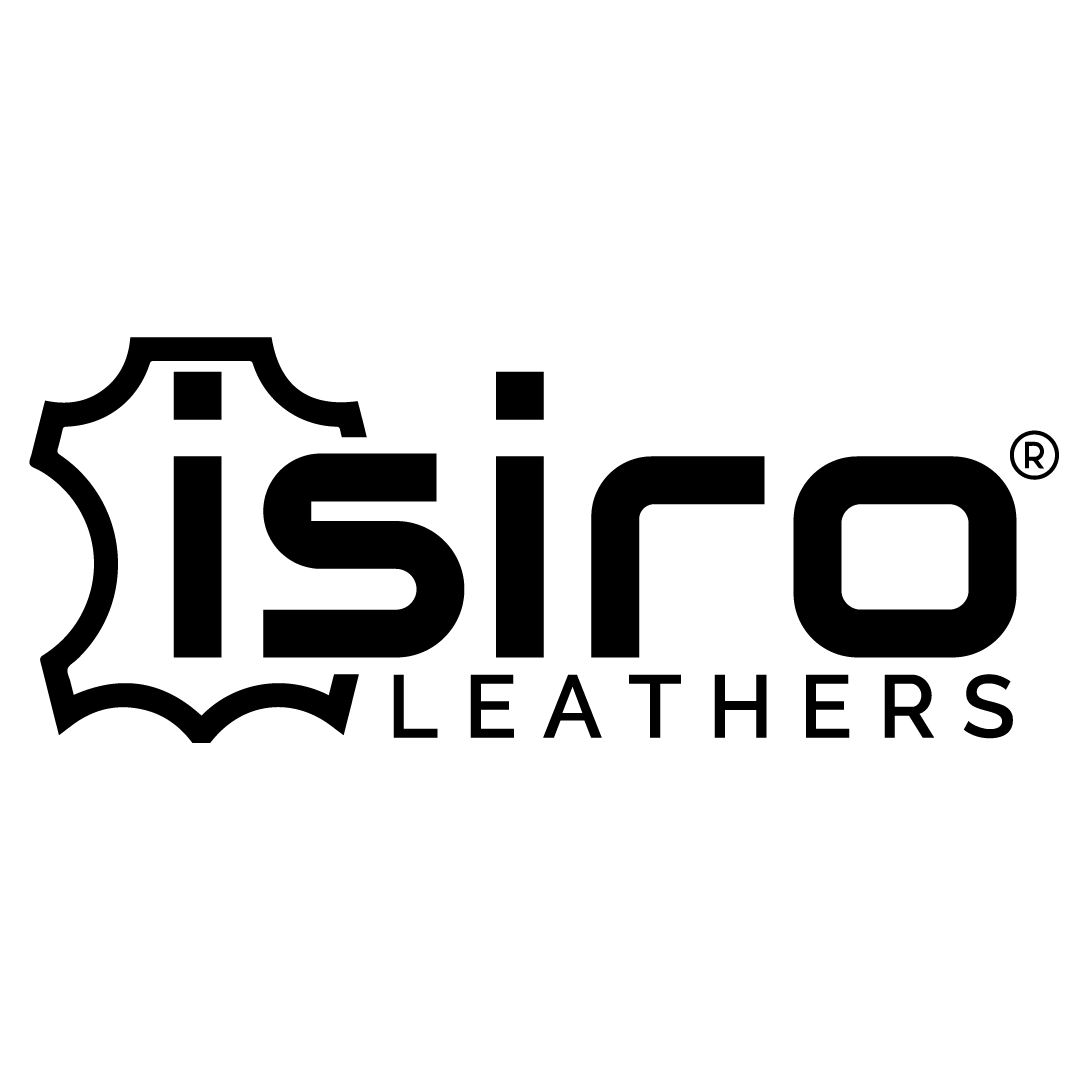In the world of fashion, few materials evoke the timeless appeal and durability of genuine leather. A well-crafted leather wallet is not just an accessory; it's a statement of sophistication and style. However, the market is flooded with imitations and faux alternatives that claim to be the real deal. So, how can you distinguish between genuine leather and its synthetic counterparts? In this comprehensive guide, we'll walk you through the key indicators that help you identify a genuine leather wallet, ensuring you invest in quality and authenticity.
The Charm of Genuine Leather
Before we dive into the specifics of identifying genuine leather, let's understand the allure of this age-old material. Genuine leather is derived from animal hides and skins, making it a naturally robust and flexible material. Its unique texture, rich aroma, and ability to develop a unique patina over time are testaments to its authenticity and premium quality.
1. Visual Inspection
Visual cues play a vital role in determining the authenticity of leather:
-
Grain Pattern: Genuine leather exhibits a natural, uneven grain pattern with imperfections that give it character. Faux leather tends to have a more uniform and consistent surface.
-
Edges and Seams: Examine the edges and seams of the wallet. Genuine leather typically features slightly irregular edges, while fake leather often has perfectly even edges.

2. Touch and Feel
The tactile experience can reveal a lot about leather authenticity:
-
Texture: Gently run your fingers across the wallet's surface. Genuine leather should feel slightly textured and soft, whereas synthetic leather can feel plasticky or overly smooth.
-
Temperature: Real leather quickly adjusts to your body temperature, while synthetic materials might feel colder to the touch initially.
3. Flexibility and Wrinkles
Genuine leather responds to pressure and movement differently:
-
Flexibility: Gently fold the wallet. Authentic leather will flex naturally and show some creasing, while fake leather might resist or crease unnaturally.
-
Wrinkles: Real leather develops wrinkles and creases over time. Faux leather, on the other hand, might show artificial, uniform wrinkles.
4. Smell Test
The aroma of genuine leather is distinct and inviting:
- Natural Scent: Authentic leather emits a rich, earthy aroma that is hard to replicate. If the wallet smells like plastic or chemicals, it's likely not genuine leather.
5. Burn Test
While not always recommended due to potential harm, the burn test can provide insight:
-
Genuine Leather: Real leather burns and curls, emitting a distinct smell of burnt hair. It forms ash that crumbles easily.
-
Synthetic Leather: Faux leather might melt or burn with a plastic-like smell. It can form hard, ball-like residue.
6. Observing Aging
Authentic leather ages gracefully, showcasing its authenticity:
- Patina: Over time, genuine leather develops a patina – a natural sheen that enhances its appeal. Faux leather won't exhibit this transformation.
7. Label and Packaging
Examine the wallet's labeling and packaging:
- Quality Label: Look for quality labels or markings that indicate genuine leather. Beware of generic terms like "man-made leather" or "pleather.

In Summary
A genuine leather wallet is an investment that pays off in both style and longevity. By closely examining visual details, experiencing the tactile sensation, and performing simple tests, you can confidently differentiate between genuine leather and its imitations. Remember, the charm of genuine leather lies not only in its authenticity but in the story it weaves as it accompanies you on your journey.
